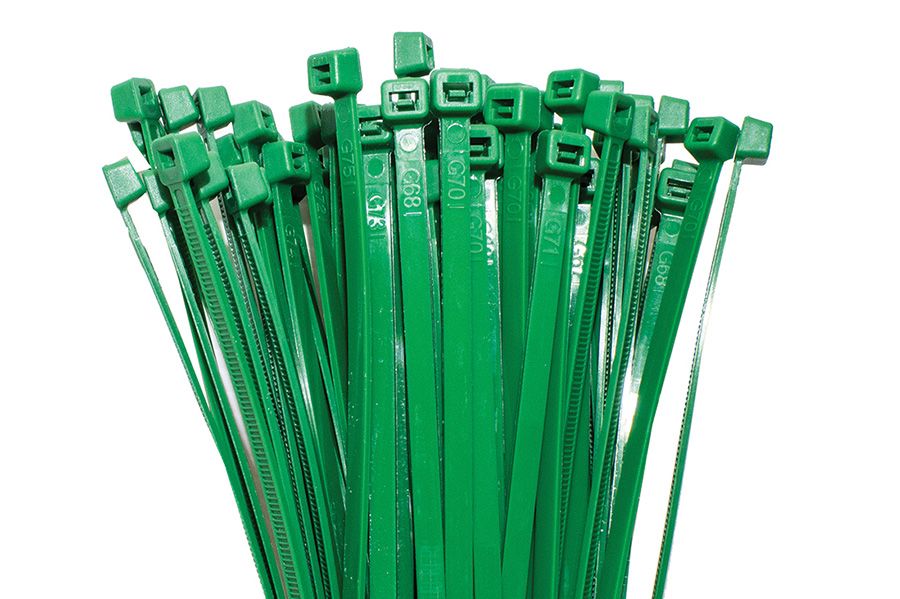
Developing Environmentally Friendly Methods of Producing Nylon
Nylon is everywhere in our day-to-day lives; from the clothes we wear and the cookware in our kitchens, and the machine parts and fasteners in our washing machines. Whether you realise it or not, nylon is all around us, but what is nylon and why do we use it so much?
Nylon is one of the most useful synthetic materials that has been adopted by humans to serve a range of different purposes across society. Nylon was the first fabric that was made entirely in a laboratory, and its creation sparked the use of synthetic materials.
Introduced to the masses during WWII, nylon was heavily used for military products such as parachutes, tents, tires, and similar equipment. The benefits that nylon brought to the table were its unique strength and durability compared to string. String was also more expensive to use as it had to be imported from Asia and was subject to supply shortages.
Since then, nylon production has boomed, and it is used in more and more applications across the globe. Despite the many advantages, the production of nylon can take its toll on the planet. One of the consequences of producing nylon is the impact this has on Earth’s supply of Zinc. Zinc is considered an endangered element due to how much of it is used to produce nylon and other synthetic materials.
“According to estimates from the ACS Green Chemistry Institute, zinc is only 50 to 100 years away from being extinct. Currently, manufacturers use zinc as the reducing agent and catalyst for making cyclohexene from trans-1,2-dibromocyclohexane, which is the first step in the five-step synthesis of nylon 6-6.”
- Amina Aly, Undergraduate Student & Professor of Plant Biochemistry, Atomic Energy Authority
A new solution will need to be found in place of zinc if we want to continue using nylon in everyday life as we currently do. This solution is exactly what researchers at Augusta University are looking for as they search for a replacement catalyst to use in place of zinc, using alternative metals. Promising findings may even indicate that waste iron in the form of rust could be used in place of the endangered element.
The researchers wanted to refine the process even further to make producing nylon as green as possible. To do this they looked at saving water and energy consumption in the process, whilst also using less harsh chemicals. They achieved this by incorporating a solar reflective plate to create heat instead of an electric hot plate, and a water-saving condenser.
“We found that solar energy is the way to go when it comes to this synthesis because the sun is a lot stronger than any hot plate you’re going to find, and a lot faster,”
- Amina Aly
The team found that conducting the synthesis outside with the solar reflector shortened the process from 3-4 hours, down to 30 minutes! They also found that they could increase the yield of nylon by increasing the time of ‘reflux’ (heating the reaction for a specific amount of time and using a condenser to continuously cool the produced vapors to convert them back into liquid form).
The scientists concluded that of the metals they tested in place of zinc, iron was the best catalyst, with only slightly lower nylon yields than when zinc was used. This result is very promising as iron is a far more abundant resource and is not likely to be considered endangered any time soon. The team will be continuing their research to see if the yield can be increased further using rust from iron, instead of the iron itself, to further decrease any environmental impact nylon production leaves behind.
A lot of the work that we do here at NPA revolves around nylon. Our name ‘NPA’ was originally an acronym for ‘Nylon Products Australasia’. Today we stock many other types of products too, but we always love to see our industry progressing to be more environmentally friendly. We do what we can in-house to re-use as much cardboard and plastic as possible and focus on being as green as we can when sourcing our nylon!


